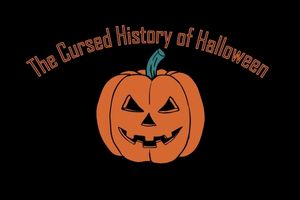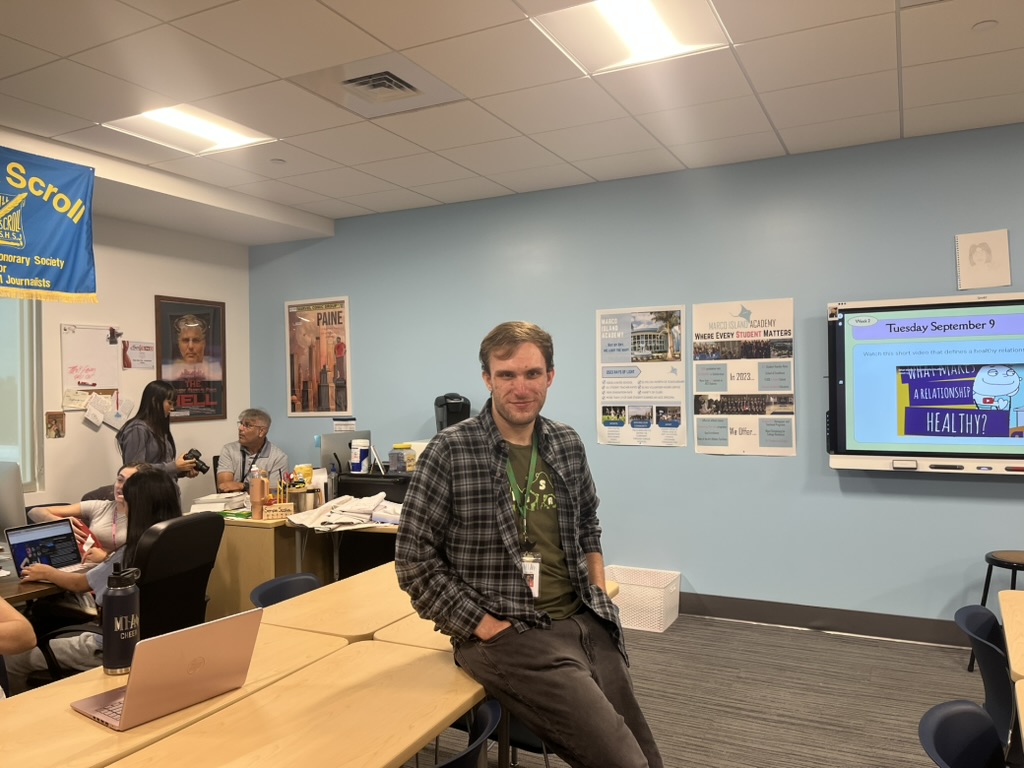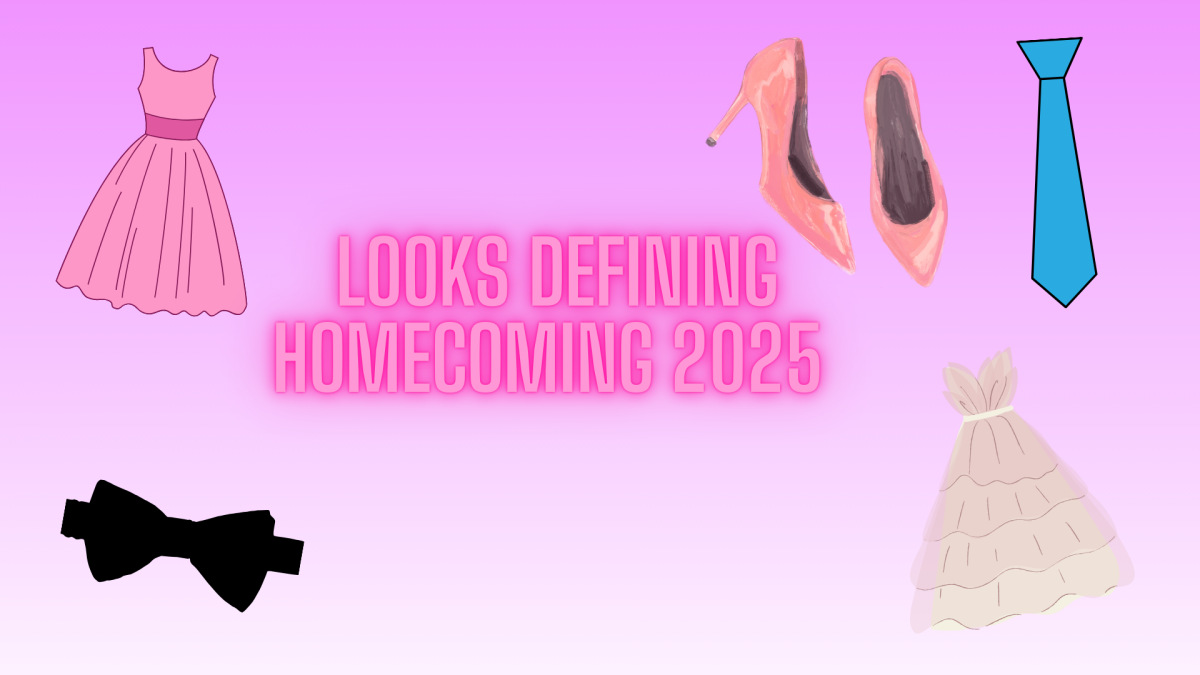Halloween has been a popular holiday among children and teens for decades upon decades, and while the concept is desensitized to many who have been celebrating it for years, it’s easy to question how the bizarre holiday came to be.
Halloween first began as an ancient Celtic festival nearly 2,000 years ago. It was a day that marked the turning point from the harvest season, where food was plentiful, to the dark and gloomy winter that brought with it an extreme ration of the food supplies the community had harvested throughout the summer and fall. Because of this foreboding circumstance, the day began to be associated with death and the afterlife. As time moved forward, the day shifted to being a passageway for the undead, the Celtic people believed that October 31st was the one day that the dead could return to the living world.
The Celtic people believed that when the undead were awoken, their deities were more likely to answer their prayer and sacrifice, and that they would specifically allow them to see into their future. This caused the celts to dress in costumes to emulate the reborn, they used animal heads and skins to disguise themselves while they sacrificed animals and crops to their gods.
Fast forward to the ninth century, Christianity had embedded itself into Celtic lands, the church decided to hold a festival of their own, called all souls day on November 2nd. The festival consisted of many of the same practices that the Celtic peoples did. It is thought that the Christian church was attempting to turn the festival into a church sanctioned holiday.

Years later, as Europeans immigrated to America, so did their infantile version of Halloween. As European and Native American cultures merged, the celebration became much more festive and joyful. People would gather together to party, enjoy food, recall stories of relatives who have passed on, and tell tales of the undead. As the holiday became more light hearted, the concept of trick or treating began to form. Halloween was celebrated as a way for the community to gather together, so it became commonplace for children to go door to door if they were in need of food or money during the holiday. At this point, the foundation of Halloween had been built and it continued to grow as time went on. As people became less reliant on their community for resources, trick or treating transitioned to gifts of sweet treats and fruit, and eventually candy.
In modern day, Halloween is a festive and high-spirited holiday, a far cry from its roots with the ancient Celtic people. And while the essence of monsters and fear has carried over, the day has become more of a highly anticipated celebration than an omen for the dangerous winter to come.















